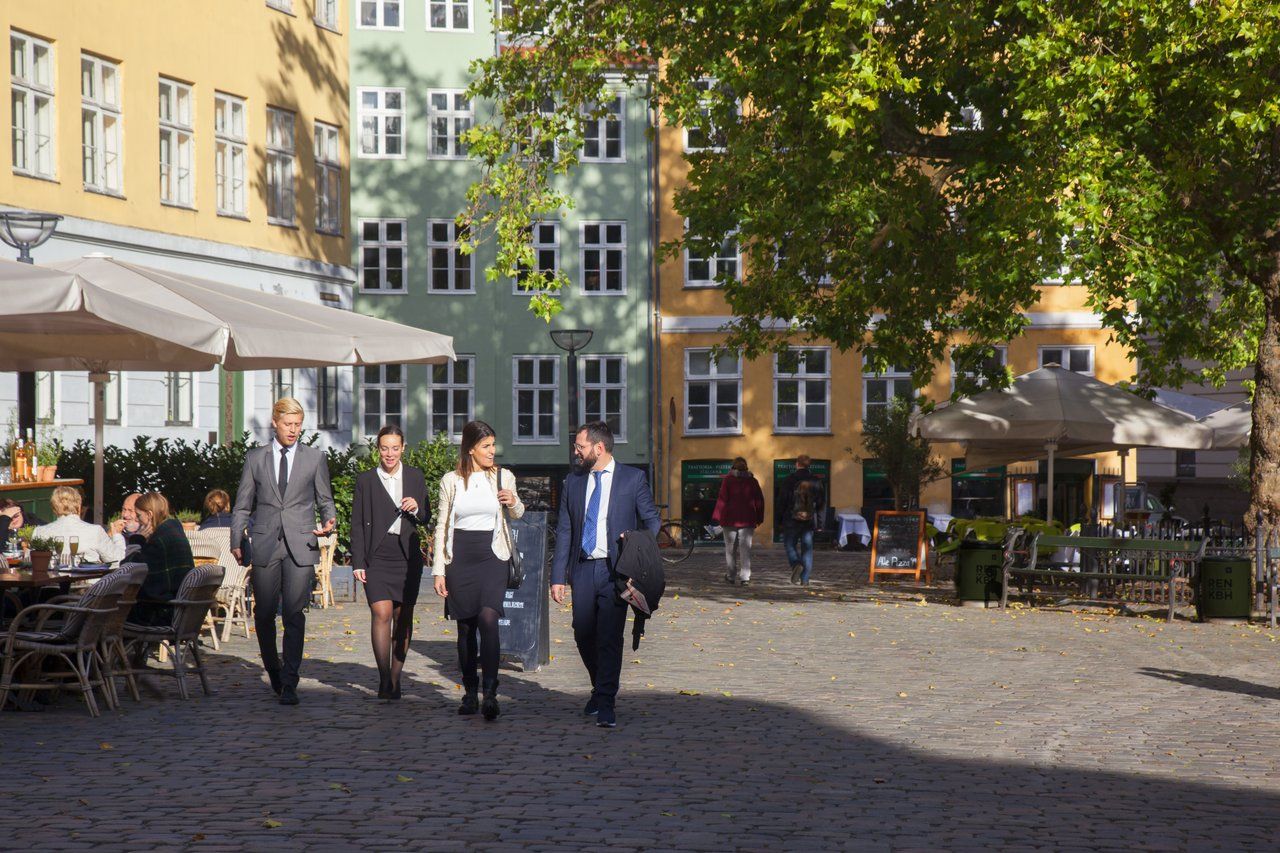It’s fair to say that US band Sleepy Sun have led the way in the recent psychedelic revival. Playing to the strengths of this genre, while maintaining some commercial appeal, hasn’t been easy and the band has seen its fair share of transformations. Born at just the right time as the pendulum swung back in favour of 1960s sounds, Sleepy Sun are both products of this nostalgia as well as helping to move it forward.
Despite attaching themselves to the genre, Sleepy Sun are not a retro band. They do not sound like The Grateful Dead or Jimi Hendrix and their attempts at creating soundscapes share little in common with the old masters Pink Floyd or Country Joe and the Fish. Theirs is a mixture of harmonised modern pop that is both tighter and more restrained than their ‘60s forebears. While they do make efforts to sound spacious and alternative, the music is more suited to a relaxed dinner party than a Ken Kesey acid test.
The band was formed in Santa Cruz, California in 2005. Originally playing heavier rock, they soon began to morph into what they would become with the addition of Birds Fled From Me singer Rachel Fannan. Together with guitarist and vocalist Bret Constantino, Fannan’s sugary sweet vocals helped to temper the band, leading them to a softer but more refined sound that culminated in their first release, Embrace, in 2008. While the album did receive favourable reviews and earned them esteem amongst fellow musicians, Embrace didn’t sell as well as it should have, although it did lead to a host of strong supports that saw them tour for most of 2009.
In 2010, the group supported Arctic Monkeys on a sell-out tour of the US. The experience helped shape their live performances and they began to receive acclaim for the diverse and energetic nature of their shows. And in June of that year, they released Fever, which received a favourable amount of radio play, particularly in the US. The album was praised for its dynamism, at times sounding like a refitted Smashing Pumpkins, while keeping in tune with their psychedelic ideals with songs like ‘Maria’ and the nine-minute closer ‘Sandstorm Woman’.
In October of 2010, Fannan left the group, citing ‘creative differences’. The absence of her vocals has had a profound effect on the band, leading to a more streamed version of their music. Their latest album, Spine Hits, is perhaps more commercial than their previous releases and sees less of their rambling instrumentation and more of the classic three-minute wonders. The album has received mixed reviews and much will depend on whether you see Sleepy Sun as a psychedelic band or just a band that dabbles in psychedelia.
One thing’s for sure, they’re playing at the right venue. With tickets going for 100 kroner in Copenhagen’s undisputed alternative heartland, this will be one of the most authentic musical experiences you’re likely to see this year.
Sleepy Sun
Loppen, Christiania
Sunday 21:00
100kr, www.billetlugen.dk














